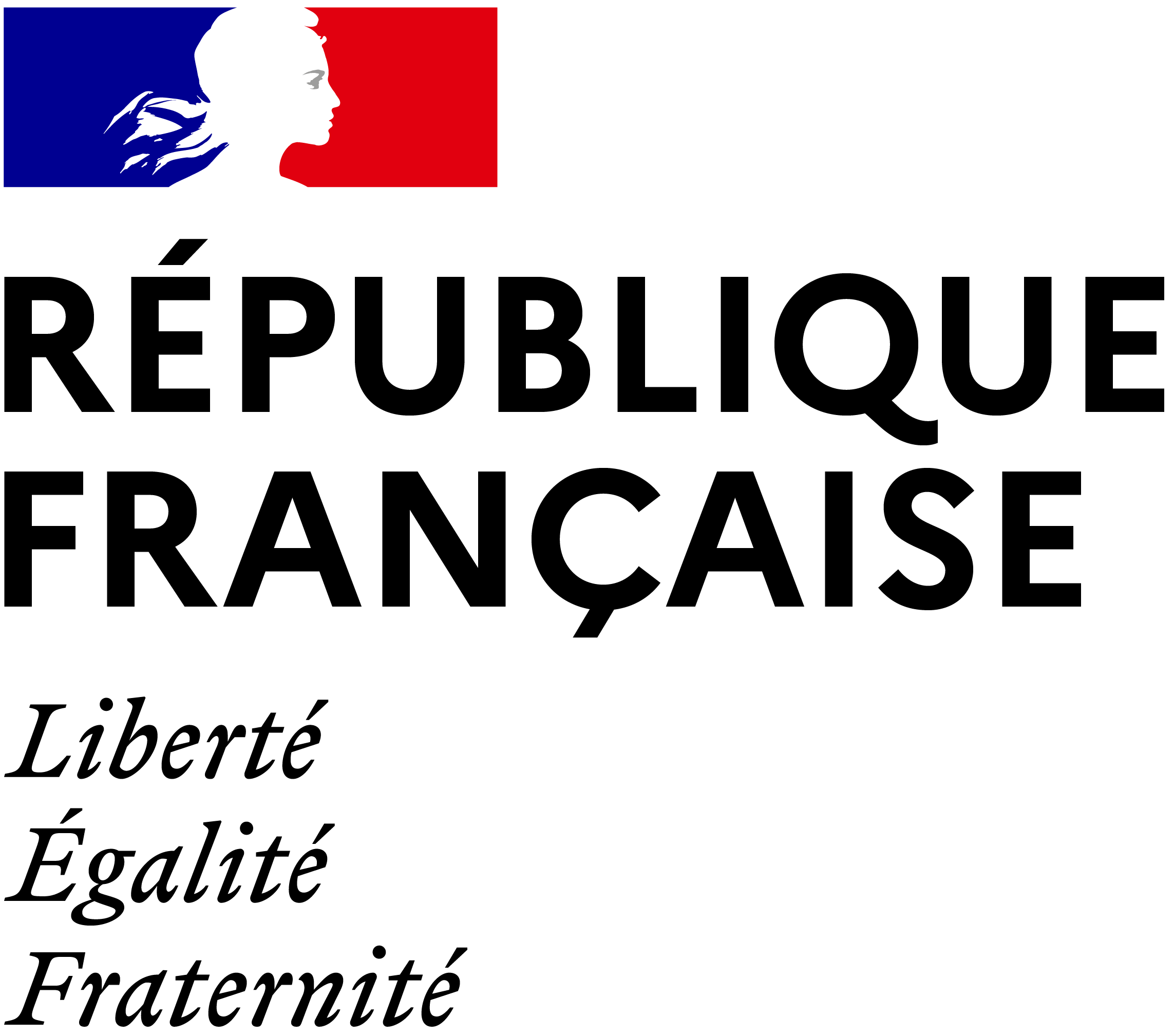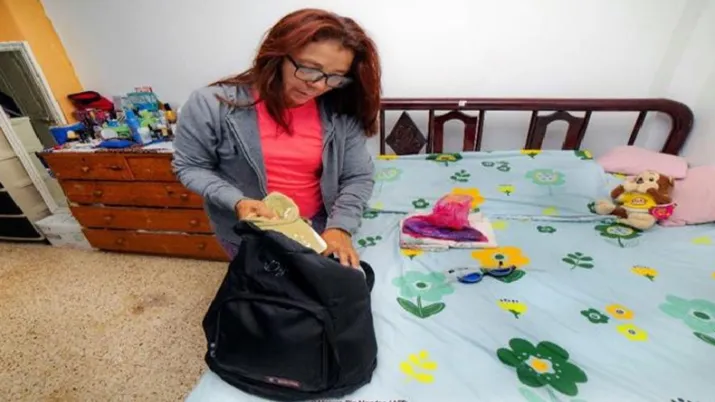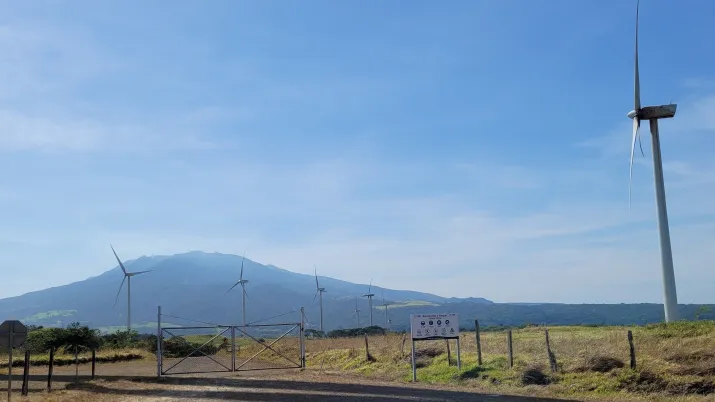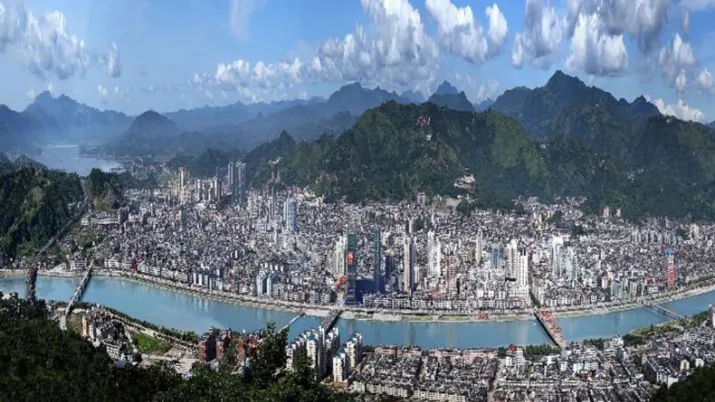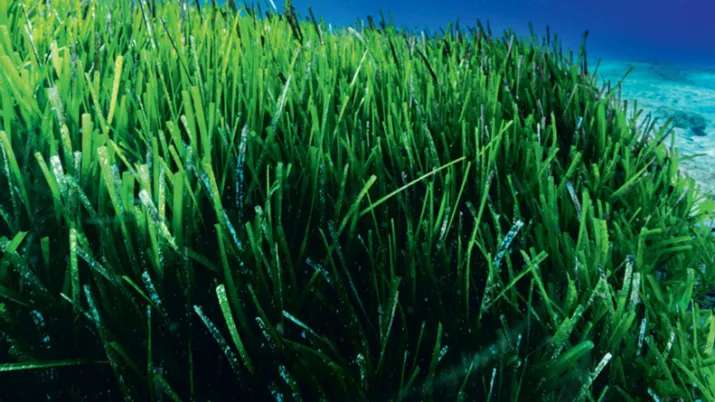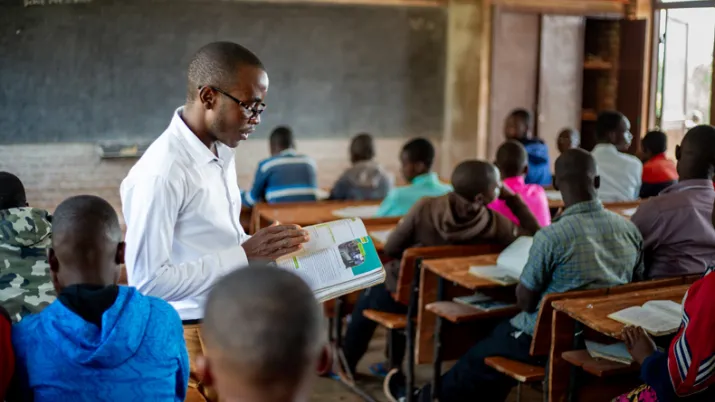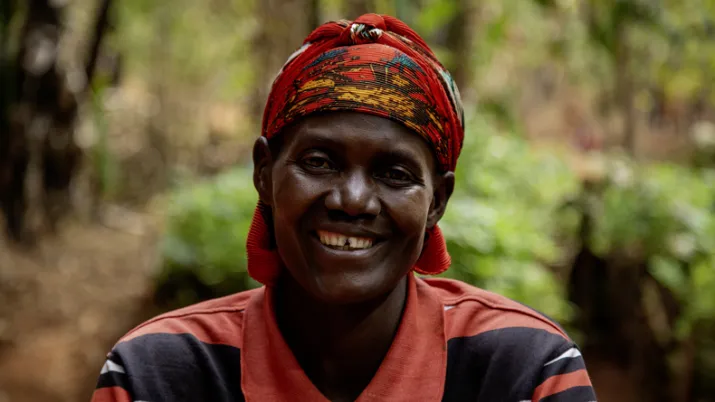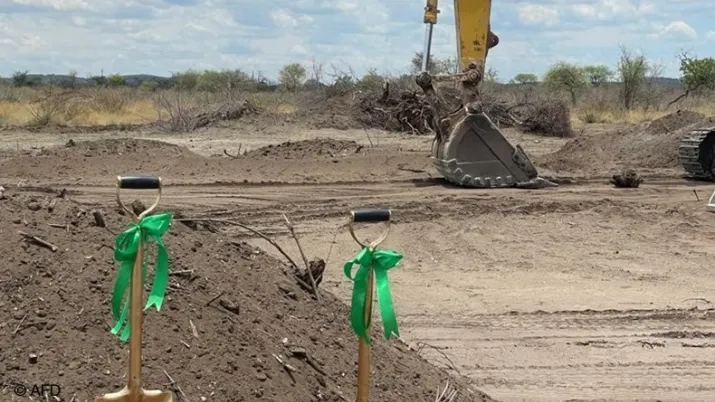Share the page
Pilot Project on Blue Carbon Ecosystems
Project
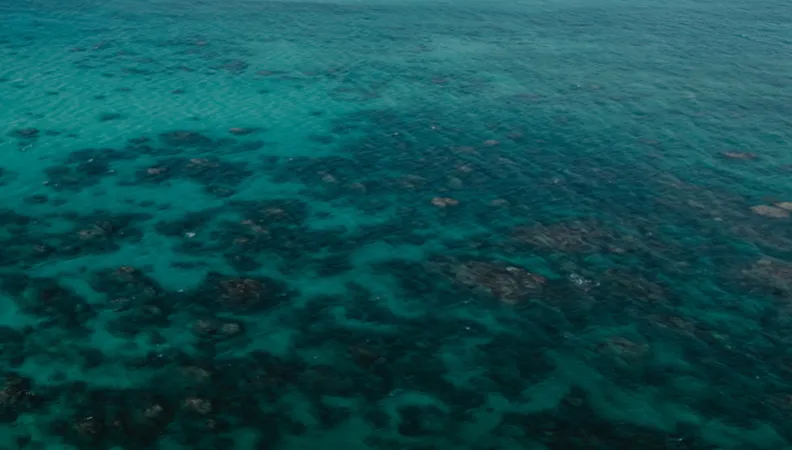

-
Project start date
-
Status
Ongoing
-
Project end date
-
-
AFD financing amount
-
€ 700 000
-
Country and region
-
Location
-
Golfe de Nicoya, Costa Rica
-
Type of financing
-
Beneficiaries
-
Sistema Nacional de Áreas de Conservación
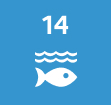
This project is part of AFD’s Blue Carbon Facility, which aims to accelerate the protection and restauration of coastal ecosystems with high carbon sequestration potential, such as mangroves and seagrass meadows.
Context
Costa Rica is one of the most advanced countries in the field of blue carbon, with a strong scientific and institutional foundation for mangrove ecosystems. Despite legal protection in place since 1995, these critical ecosystems remain under threat. The country has developed a National Blue Carbon Strategy (2023) and its corresponding Action Plan (2024), but lacks long-term sustainable financing mechanisms to ensure their conservation and restoration. This project contributes to the implementation of that strategy, addressing key challenges related to conservation, sustainable financing, and community engagement.
Description
Implemented by Conservation International Costa Rica, in coordination with SINAC, this project aims to develop the technical, institutional, and financial conditions to support the National Blue Carbon Strategy. It will explore and pilot innovative financing mechanisms (carbon credits, payments for marine ecosystem services, biodiversity credits), and support their field testing, particularly in the mangroves of the Gulf of Nicoya.
The project is structured around two phases:
- Capacity building, assessment of financial needs, development of institutional tools, and identification of restoration areas.
- Analysis of financial mechanisms, equity in benefit-sharing, and integration into national carbon accounting.
The Blue Carbon Facility is financing this project with a grant of €700,000. The funding covers costs related to field assessments, training of managers, carbon data production, and stakeholder networking. A national contribution (in-kind and personnel) is planned, and the project will serve as a foundation for potential scale-up to other areas through additional funding.
Impacts
-
Strengthening Costa Rica’s public policy on blue carbon and contributing to its climate commitments.
-
Preparing for access to innovative climate financing, including voluntary carbon markets and marine PES (Payments for Ecosystem Services).
- Engaging coastal communities in the conservation and restoration of mangroves to generate lasting environmental, social, and economic impacts.
Sustainable Development Goals
Life Below Water
Goal 14 promotes the conservation and sustainable use of marine and coastal ecosystems, based on three main ambitions: 1/ More sustainable management of resources by protecting 10% of marine and coastal areas, and combating overfishing and illegal fishing; 2/ Accelerating scientific research and technology transfer to build ecosystem resilience and reduce ocean acidification; and 3/ Promoting sustainable marine resource management as an opportunity for economic and tourism development, particularly for small island developing states and least developed countries.


